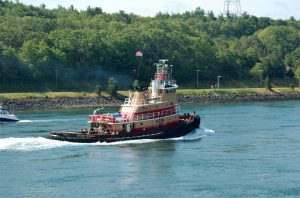On November 27, the U.S. Court of Appeals for the Seventh Circuit decided the case of Betco Corporation v. Peacock, et al., which concerns a contractual dispute between the buyer and the seller of companies that produce and market a biodegradation product that is utilized in waste management and control. After paying out the escrow contemplated by the parties’ contract, Betco Corporation (Betco) “discovered that certificates of analysis were being re‐used or falsified by the sales team.” Critical of Betco’s due diligence efforts, the Seventh Circuit held that Betco
“failed to develop its argument in the district court that its breach of contract claim was in fact a claim for intentional misrepresentation that should have survived the Agreement’s one‐year time limit. Thus, it waived this claim, and we decline to hear its merits.
However, Betco did not waive its claim against Malcolm Peacock for breach of the duty of good faith. But our only inquiry in analyzing this claim is whether Malcolm acted in a way that injured or destroyed Betco’s ability to receive the benefits of the contract. Because Betco proffered no evidence at trial of consumer complaints, it cannot show that it was deprived of its contractual expectations. To the contrary, Betco received a company producing a successful line of products to the satisfaction of its customers.”





